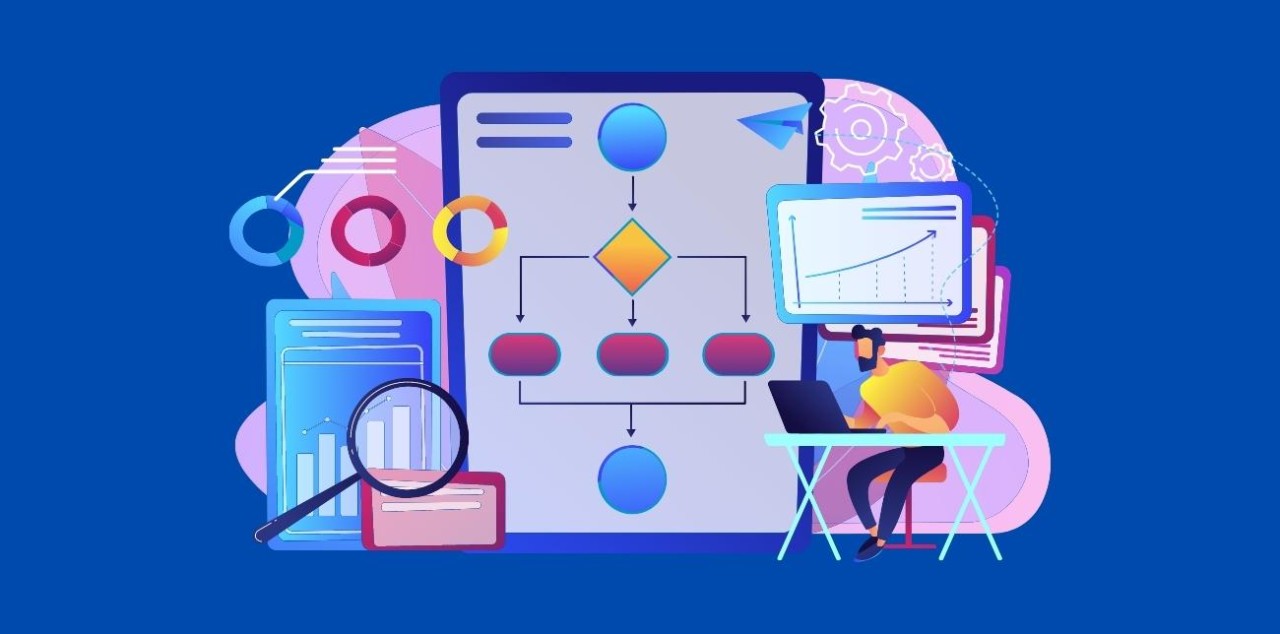In the fast-paced world of business, understanding your customers is not just an advantage; it’s a necessity. Enter customer insight tools, the game-changers that enable businesses to dive deep into customer behaviors, preferences, and feedback. In this article, we’ll explore the world of customer insight tools, their types, benefits, and the crucial role they play in shaping successful businesses.
Definition of Customer Insight Tools

Customer insight tools encompass a variety of methodologies and technologies designed to gather and analyze customer data. From traditional surveys to cutting-edge artificial intelligence applications, these tools aim to provide businesses with a comprehensive understanding of their customer base.
Importance of Customer Insights in Business
Understanding customers is the cornerstone of successful business strategies. Customer insights empower companies to tailor their products, services, and marketing efforts to meet the specific needs and expectations of their audience.
Types of Customer Insight Tools
A. Surveys and Feedback Forms
One of the oldest and most effective methods, surveys and feedback forms allow businesses to directly ask their customers about their experiences, preferences, and suggestions.
B. Social Media Listening Tools
In the age of social media, businesses can gain valuable insights by monitoring online conversations. Social media listening tools track brand mentions, sentiment, and trending topics.
C. Customer Analytics Software
Sophisticated analytics tools crunch large sets of data to identify patterns and trends, helping businesses make informed decisions based on customer behavior.
D. Heatmaps and User Recording Tools
Heatmaps and user recording tools provide a visual representation of how users interact with a website or app. This helps identify areas of interest, user frustrations, and popular navigation paths.
Benefits of Using Customer Insight Tools
A. Improved Customer Understanding
By collecting and analyzing diverse data sources, businesses gain a holistic view of their customers, leading to a more accurate and nuanced understanding.
B. Enhanced Product Development
Customer insights guide product development by highlighting features customers desire and areas that may need improvement, reducing the risk of launching products that miss the mark.
C. Increased Customer Satisfaction
When businesses align their offerings with customer expectations, satisfaction naturally follows. Customer insight tools pave the way for continuous improvement in meeting customer needs.
D. Competitive Advantage
In a crowded market, those armed with the best customer insights have a competitive edge. Knowing what customers want before they do gives businesses the power to stay ahead.
How to Choose the Right Customer Insight Tools
A. Understanding Business Goals
Before selecting tools, businesses must define their goals. Whether it’s improving customer service or launching a new product, clarity on objectives is crucial.
B. Scalability and Integration
Choosing tools that scale with business growth and integrate seamlessly with existing systems ensures long-term viability.
C. User-Friendly Interface
Intuitive interfaces make it easier for teams to harness the power of these tools, minimizing the learning curve and maximizing efficiency.
D. Cost Considerations
While investing in customer insight tools is valuable, businesses must weigh the costs against the expected benefits, ensuring a positive return on investment.
Challenges
A. Data Privacy Concerns
As businesses collect more customer data, addressing concerns about privacy and ensuring compliance with regulations becomes paramount.
B. Overcoming Resistance within Organizations
Resistance to change is a common challenge. Strategies for overcoming internal resistance and fostering a culture of data-driven decision-making.
Future Trends
A. AI and Machine Learning Integration
Explore how artificial intelligence and machine learning will revolutionize customer insights, enabling more accurate predictions and personalized experiences.
B. Personalization and Hyper-Personalization
The future lies in tailoring products and services to individual customer preferences, creating hyper-personalized experiences.
C. Predictive Analytics for Customer Behavior
Discover how predictive analytics will play a pivotal role in anticipating customer behavior, allowing businesses to proactively meet their needs.
Conclusion
In a dynamic business landscape, customer insight tools serve as indispensable assets, guiding businesses toward success by aligning strategies with customer needs.
As technology evolves, businesses that embrace and adapt to customer insight tools position themselves for sustained growth and relevance.
Ready to unlock the power of customer understanding? Request a demo from AIM Technologies today and experience firsthand how our cutting-edge solutions can transform your business.
FAQs
A. What are Customer Insight platforms?
- Customer insight tools encompass various methodologies and technologies designed to gather and analyze customer data, providing businesses with valuable insights.
B. How can businesses benefit from using these tools?
- Businesses can benefit by gaining a deep understanding of customer behavior, preferences, and feedback, enabling them to make informed decisions and tailor offerings to meet customer needs effectively.
C. Are there any privacy concerns related to customer insight tools?
- Yes, as businesses collect more customer data, addressing data privacy concerns and ensuring compliance with regulations is crucial to maintaining trust.
D. Can small businesses afford to implement such tools?
- The cost of implementation varies, but many tools cater to different budget levels, making it feasible for small businesses to access valuable customer insights.
E. What trends are expected in the future of customer insight tools?
- The future holds advancements such as AI integration, hyper-personalization, and predictive analytics, shaping a landscape where businesses can anticipate and meet customer needs more effectively.




